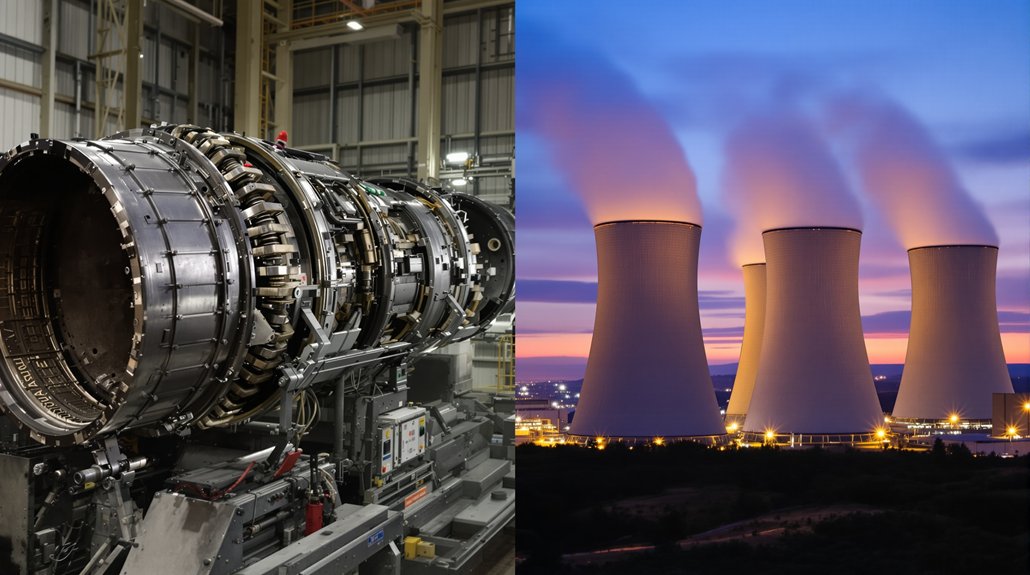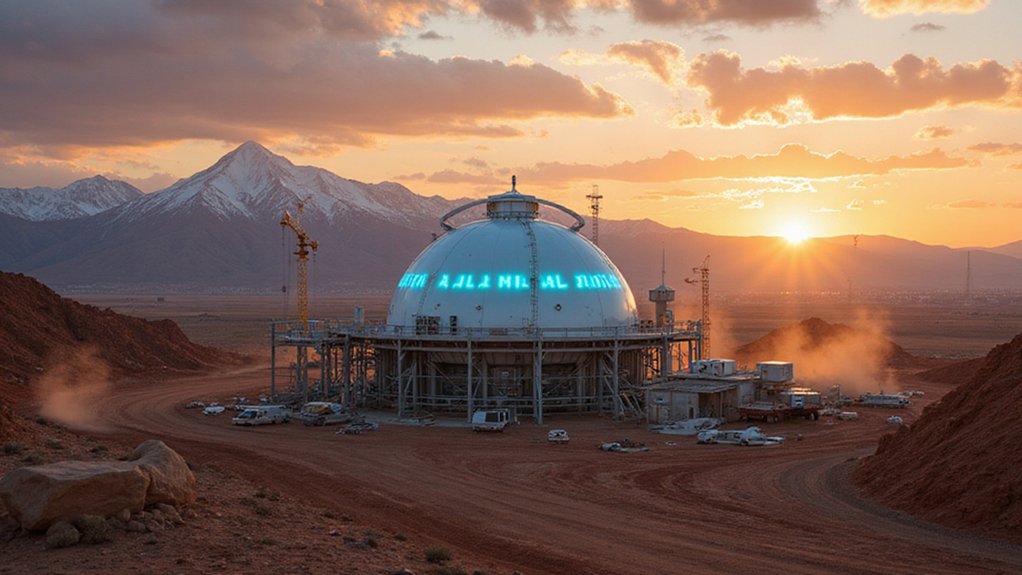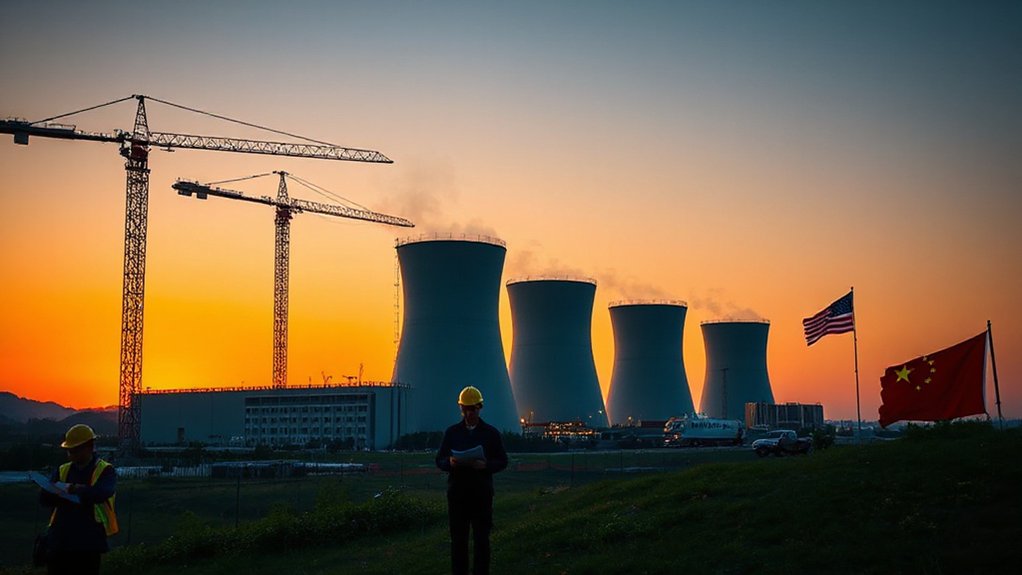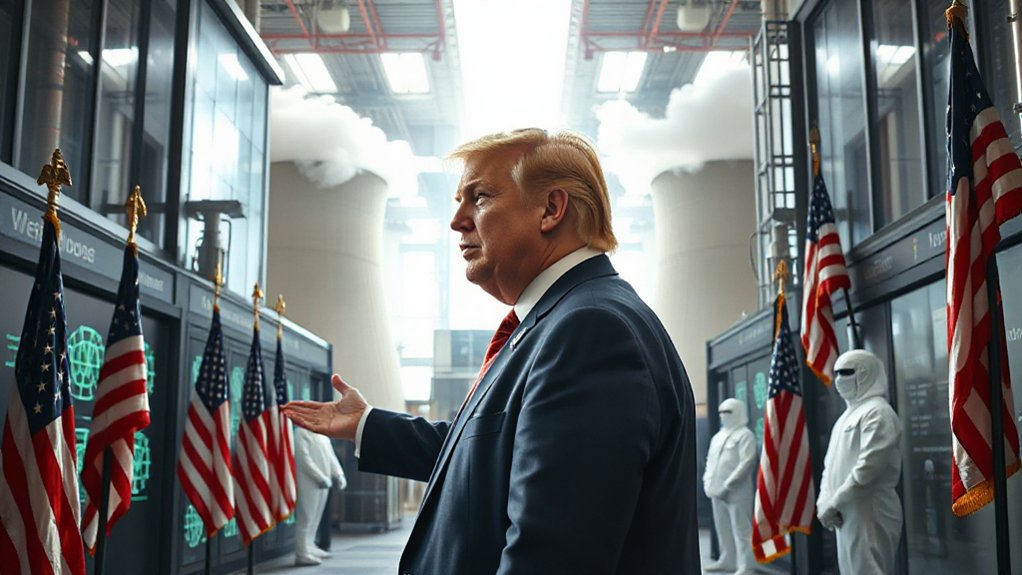Nuclear warheads once aimed at American cities are now powering them instead. The Megatons to Megawatts Program, running from 1993 to 2013, turned 500 metric tons of Russian highly enriched uranium into fuel for American power plants. That’s roughly 20,000 warheads—enough firepower to obliterate civilization several times over—converted into something actually useful.
The process is surprisingly straightforward. Take weapons-grade uranium (90% enriched), mix it with natural uranium, and voilà—you’ve got reactor fuel at about 5% enrichment. Russia handled all the dirty work before shipping the finished product stateside. The first shipment of converted uranium arrived in June 1995 at facilities in Paducah, Kentucky. Who said the Cold War couldn’t have a happy ending?
For two decades, this recycled warhead material generated about 10% of America’s electricity. Think about that—one in ten light bulbs in American homes powered by former Soviet nukes. The ultimate swords-to-plowshares story, except with apocalyptic weapons and electric toasters.
The best part? It didn’t cost U.S. taxpayers a dime. The $8 billion program was commercially financed between government agencies and companies. Nuclear nonproliferation that pays for itself—what a concept.
Experts call it the most successful nuclear nonproliferation effort ever. No hyperbole there. The program permanently removed bomb-grade material from global arsenals, making it physically impossible to turn back into weapons.
America’s been doing similar conversions with its own warhead materials, though on a smaller scale. The Department of Energy has even started working with plutonium, adding 9 tonnes to the mixed oxide fuel program in 2007.
The Cooper Nuclear Station became the first U.S. plant to use this recycled fuel back in 1998. Since then, hundreds of American reactors have burned former weapons material. The total output of the program reached an impressive 15,000 metric tons of low-enriched uranium from the original 500 metric tons of weapons-grade material.
When the program wrapped up in 2013, TENEX and USEC signed a Shift Supply Agreement to continue enrichment services. Because even after the Cold War thawed, the partnership was too valuable to abandon. Turns out enemies can become energy partners.
References
- https://en.wikipedia.org/wiki/Megatons_to_Megawatts_Program
- http://www.centrusenergy.com/who-we-are/history/megatons-to-megawatts/
- https://world-nuclear.org/information-library/nuclear-fuel-cycle/uranium-resources/military-warheads-as-a-source-of-nuclear-fuel
- http://large.stanford.edu/courses/2017/ph241/martelaro2/
- https://www.armscontrol.org/factsheets/us-modernization-2024-update









